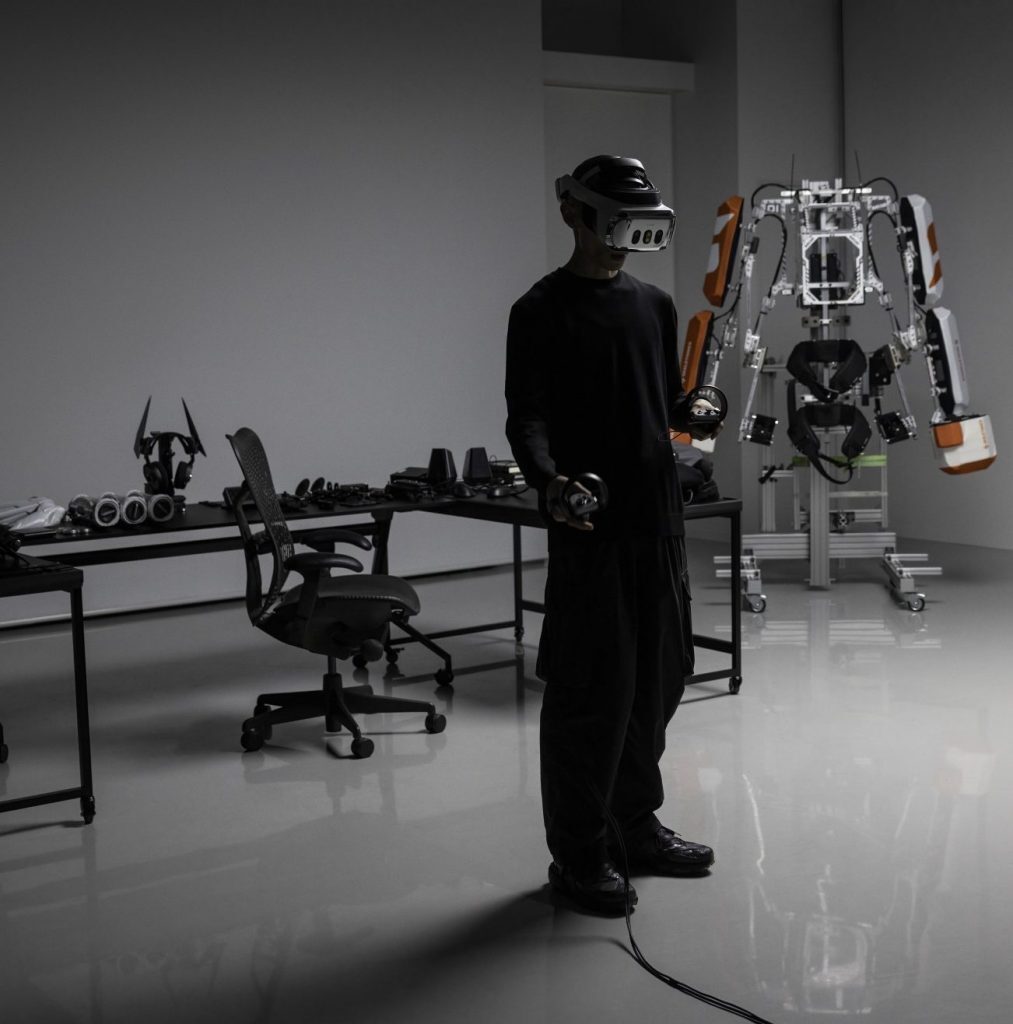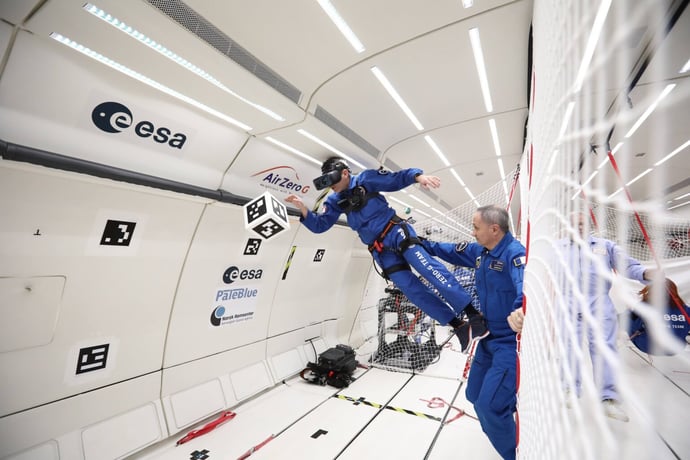Establishing a virtual and mixed reality lab can be a tangible and exciting step towards advancing immersive learning and exploration in your organization. A well-equipped VR lab not only enhances academic programs but also prepares students for the technological demands of the future, familiarizing them with the latest innovations.
Checklist and Requirements
Could VR, AR, or XR produce real value to your existing ways of working? Are you prepared to invest in new hardware and software? Do you have a budget for implementing new technologies into your workflow? If the answer to these questions is yes, your organization can benefit from building a dedicated VR/XR lab. Below, we outline the development of an VR/XR program into three stages with varying requirements and realistic outcomes.
1. Taking the First Step
2. Leveling up
3. Custom Simulations
4. Best Practices for Deeper Integration
• Provide spaces where students can access VR/XR, such as a learning lab or library.
• Not incorporated into a specific curriculum.
• Mainly used for educational exploration, experimentation and entertainment
Requirements:
• Dedicated lab manager
• Room with enough open space to safely move around and interact in the virtual environment.
• Acquisition and maintenance of hardware (headsets, accompanying peripherals such as PCs, controllers, tracking systems)
Outcomes
• Students gain valuable hands-on experience with immersive technology
• Learning and experimentation is self-guided, limiting the scale of quantifiable impact

2. Leveling up: Adding Value to Your Curriculum with VR/XR
• Implement XR or VR education and training as part of your curriculum.
• Use existing software and platforms that provide pre-made learning programs for students, e.g. ToLTech, Tenstar, Luxsonic.
Requirements:
- Hardware (headsets, PCs, controllers, beacons)
- Licenses for learning platform or software
- Training on platform for teacher
Outcomes:
- Students gain hands-on experience for real-world scenarios
- Learning is quantifiable – metrics can include module completion, concept understanding and retention, rate of learning, and others

3. Custom Simulations for Research, Education and Training
- Design a custom simulation for specific research, education and training applications
- Great for in-depth training, research and feasibility testing, and full-scale simulations
- Typically specifically funded projects or initiatives tied to research
Requirements:
- Hardware (headsets, PCs, controllers, beacons)
- Licenses for development software such as Unity and Unreal
- Developer(s) to design/build the custom simulation
- Program manager to ensure alignment of curriculum and training goals
Outcomes:
- Students gain hands-on, real-world experience in a fail-safe environment
- Learning is quantifiable; metrics are custom, based on goals of simulation
By following these best practices, you can integrate VR/XR technologies in a way that not only enriches academic programs but also positions students and faculty at the forefront of technological innovation and application.
Curricular Alignment: Integrate XR and VR education experiences directly into the curriculum to enhance learning objectives. Use these technologies to offer practical applications of theoretical concepts, making learning more engaging and effective.
Faculty Engagement: Encourage faculty to explore and experiment with immersive technologies in their teaching and research. Provide workshops and resources to facilitate their creativity and innovation.
Collaborative Projects: Foster interdisciplinary projects that leverage immersive technologies, allowing students from different departments to collaborate on complex problems and solutions.
Industry Partnerships: Establish connections with industry partners to access cutting-edge technology, internships, and real-world projects. This can enhance the lab’s offerings and provide students with valuable professional experiences.
Research Opportunities: Utilize the VR/XR lab as a research tool for exploring new teaching methodologies, technology impacts, and discipline-specific inquiries. Encourage students to undertake research projects using VR/XR technologies.
Exhibit and Share: Showcase the work and projects developed within the VR/XR lab to the broader academic community and the public. This can inspire others and demonstrate the value of immersive technologies in education and research.
Ethics and Privacy: Ensure the immersive hardware and software implemented align with your institution’s privacy policies, ethical guidelines, and security requirements.
Interested in Varjo for your academic program?
Discover Varjo Academic Pricing to unlock benefits for research and VR education.


